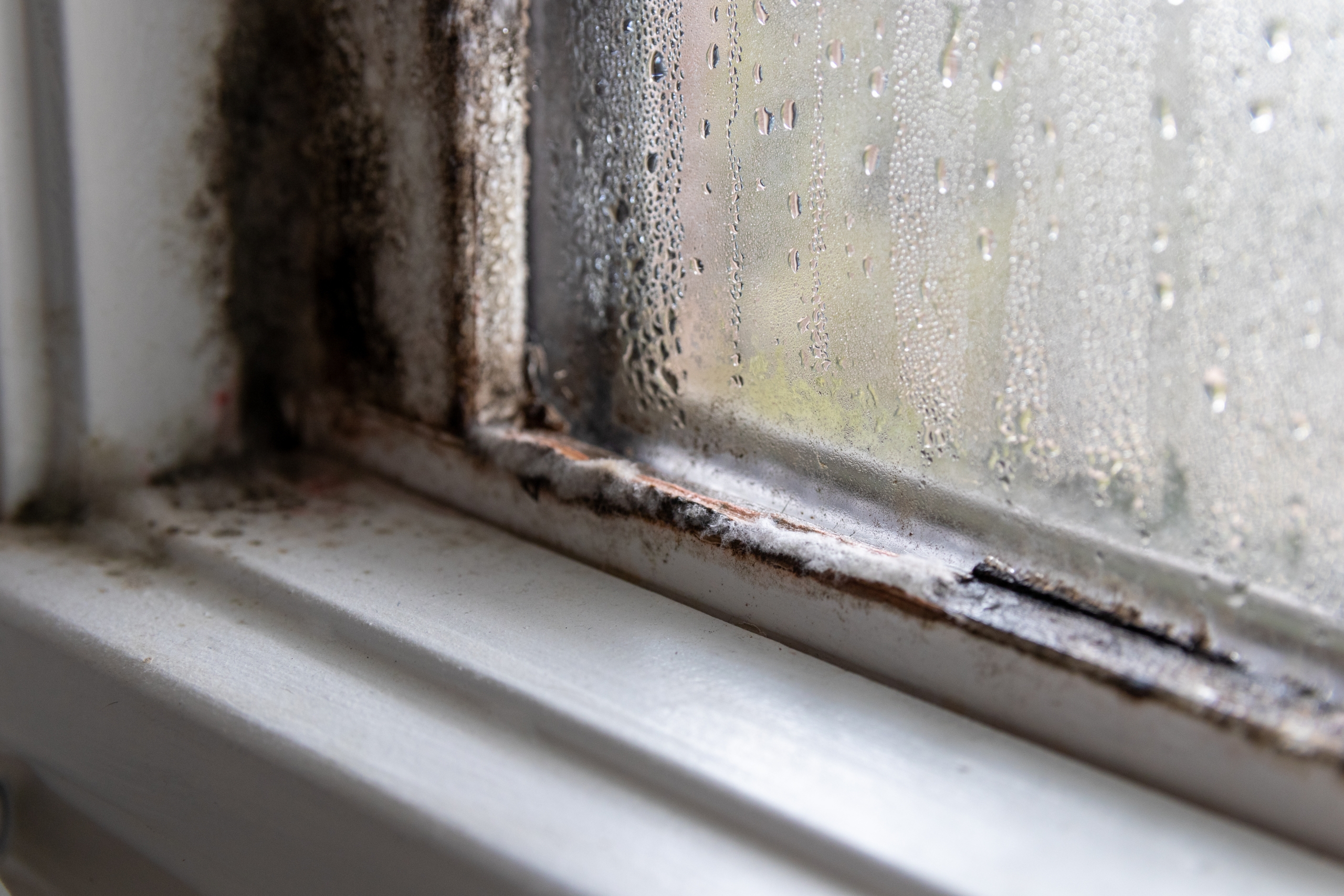5 Tips For Preventing Mould Growth In Your Home
Moulds are a type of fungi that can grow both indoors and outdoors in damp or humid environments. You can usually see them as black, white, green or brown spots on walls, ceilings or floors. Not only are they unsightly, but moulds may also have negative effects on your overall well-being.
According to research, exposure to moulds can cause many health problems, such as coughing, wheezing and watery eyes. In some cases, it can also lead to more serious respiratory illnesses, especially in young children and people with asthma or other allergic conditions.
To prevent mould growth in your home, here are five tips you can follow:
1. Have a regular mould inspection
A regular mould inspection is essential to keeping your home mould-free. That means getting help from a professional to check for any signs of mould growth in your home. Such areas include the bathroom, kitchen, basement, laundry room and other places prone to moisture.
These experts will look for any visible signs of mould growth during the inspection. They’ll use specialised tools and equipment to test moisture levels and condensation. In addition, they also take air and surface samples to check for the presence of mould spores. Once the inspection is complete, they’ll provide you with a report including their findings and recommendations.
You may visit a professional mould removal company like mouldmen.com or any other trusted website to request for a regular mould inspection. Most of these services offer a free home assessment. If they find anything, they’ll recommend the best course of action to prevent further mould growth. That’s when the real work begins.
2. Fix leaks and drips immediately
One of the leading causes of mould growth is water damage. This fungus can rapidly escalate in areas where water leakage or condensation is present. That’s why it’s essential to fix any leaks and drips in your home as soon as possible.
Start by checking all the plumbing fixtures and appliances, such as the sinks, toilets, showers, tubs, washing machine and dishwasher. You may also check any cracks in the walls, ceilings, or floors. These places are often the source of hidden leaks.
If you find any, repair or replace them immediately to prevent moisture build-up. If the mould growth is visible, clean it up with a solution of bleach and water. A rule of thumb is to thoroughly dry the affected area within 24 hours.
However, if you can’t handle the job yourself, it’d be best to leave this task to plumbing professionals. They have the right tools and expertise to identify and fix leaks quickly and efficiently. Improper repairs can only make the problem worse.
3. Use a dehumidifier
As you want to keep your home free from mould, you also need to control the level of humidity. The ideal relative humidity (RH) level should be between 30% and 60%. Anything above or below that range can create an environment conducive to mould growth.
One way to help maintain the RH level in your home is by using a dehumidifier. This device reduces the amount of moisture in the air and keeps the RH level at a comfortable range. As a result, it’s less favourable for mould spores to settle and multiply.
Moreover, a dehumidifier also helps prevent or control other problems caused by high humidity, such as musty odours and dust mites. Just empty the water tank regularly and clean the filter to keep it functioning correctly.
4. Increase ventillation
Another way to reduce the risk of mould growth is by increasing ventilation in your home. This method helps to remove any humid air and replace it with fresh, dry air. As a result, it also helps to reduce the level of moisture in the air.
There are several ways you can increase ventilation in your home. One is by opening the doors and windows whenever possible. You may also use exhaust fans when cooking, showering or doing the laundry. These fans can help remove the humid air and replace it with fresh air from outside.
5. Keep your home clean and dry
It’s a no-brainer that a clean home is less likely to grow mould. So, keep all the rooms in your house clean and dry. This includes sweeping and mopping the floors, cleaning the countertops and surfaces, wiping down walls and ceilings, and decluttering your living spaces.
In addition, you should also empty all the rubbish bins regularly and clean them with soap and water. As mentioned, it’s best to open the doors and windows after cleaning to help ventilate the area. More importantly, store all the food properly to avoid attracting mould spores and other pests.
Conclusion
Mould can be a significant health concern and nuisance in any home. Of course, you don’t want this fungus to take over your house. By following the tips above, you can help to prevent or control mould growth in your home. Just remember to take action as soon as you see any signs of mould to prevent it from spreading further.




